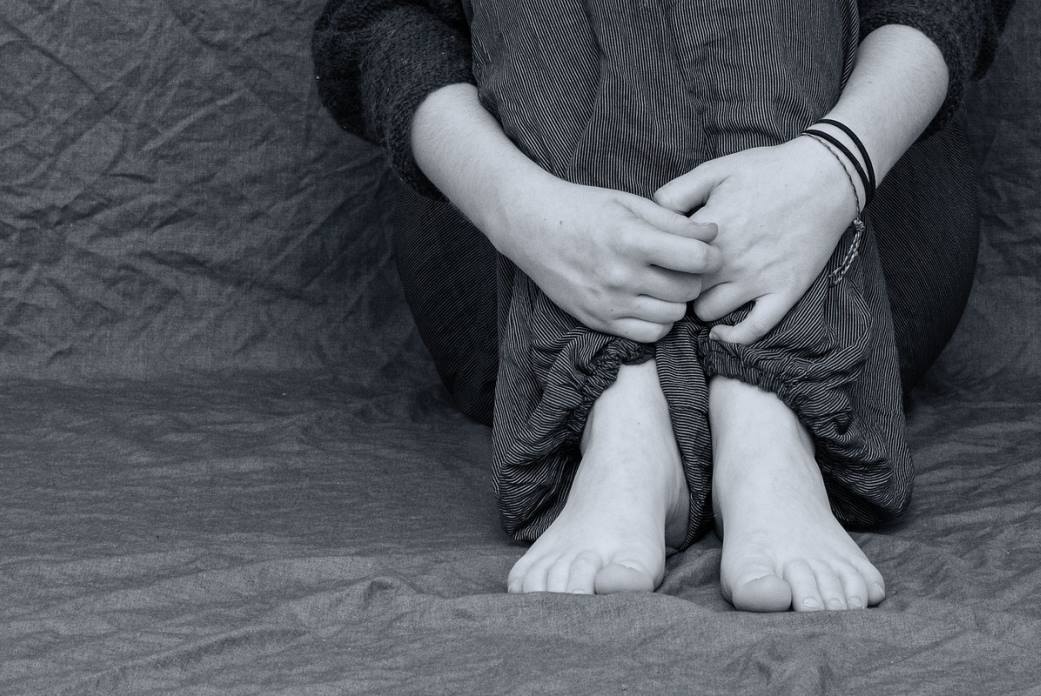Sexual trauma is a deeply impactful experience that can leave lasting scars on an individual’s mental and emotional well-being. Unfortunately, the aftermath of such trauma is often shrouded in silence and stigma, making it challenging for survivors to recognize and address the subtle symptoms that may persist over time. This article aims to shed light on how to identify the subtle symptoms of past trauma, offering insights and guidance for both survivors and those supporting them.
Understanding Trauma
Before delving into the identification of subtle symptoms, it is crucial to establish a clear understanding of trauma. Trauma refers to any unwanted activity or coercion that occurs without the explicit and enthusiastic consent of all involved parties. It can manifest in various forms, including sexual assault, harassment, abuse, or any other non-consensual sexual encounter. Survivors of sexual trauma may carry a heavy burden of emotional and psychological distress, often struggling with feelings of shame, guilt, and fear. Recognizing the subtleties of the aftermath is essential for promoting healing and supporting those affected.
Subtle Symptoms of Past Trauma
- Changes in Behavior and Relationships: Survivors may exhibit noticeable changes in behavior and relationships. They might become more withdrawn and avoidant or have difficulty forming and maintaining close connections. The trauma can impact one’s ability to trust others, leading to a reluctance to engage in intimate relationships. These changes in behavior may manifest as heightened hypervigilance, where survivors are constantly on edge, anticipating potential threats. Furthermore, the emotional toll of the trauma may result in survivors feeling isolated, struggling to express their needs, and finding solace in solitude as a means of self-protection.
- Sexual Dysfunction: Past trauma can significantly impact an individual’s relationship with their sexuality. Survivors may experience sexual dysfunction, including but not limited to difficulties with arousal, intimacy, or physical intimacy-related anxiety. These challenges can hinder the ability to engage in consensual and satisfying sexual experiences.
- Emotional Detachment: Emotional detachment is a common coping mechanism for survivors of trauma. They may distance themselves emotionally from situations or relationships to protect themselves from potential harm. This detachment can manifest as a lack of emotional responsiveness or numbness. Moreover, survivors may find it challenging to connect with their own emotions, as the detachment serves as a shield against the overwhelming pain associated with the trauma. Consequently, this emotional numbness can extend beyond interpersonal relationships, impacting various aspects of their daily lives and hindering their ability to experience joy or fulfillment.
- Self-Harm and Substance Abuse: Coping with the aftermath of trauma may lead some survivors to engage in self-destructive behaviors. This can include self-harm, substance abuse, or other forms of self-medicating as a way to numb emotional pain. Recognizing these signs is crucial for intervention and support.
- Flashbacks and Intrusive Thoughts: Re-experiencing the traumatic event through flashbacks or intrusive thoughts is a hallmark symptom of post-traumatic stress disorder (PTSD), which often accompanies trauma. Survivors may find themselves involuntarily reliving the trauma, making it challenging to focus on daily activities. These intrusive memories can be triggered by seemingly innocuous stimuli, plunging survivors back into the emotional turmoil of the initial trauma. The persistent nature of flashbacks and intrusive thoughts underscores the need for compassionate understanding and therapeutic interventions to help survivors navigate their daily lives while managing the impact of PTSD.
- Chronic Physical Complaints: The mind-body connection is powerful, and survivors may manifest their distress through chronic physical complaints such as headaches, stomachaches, or other unexplained physical discomfort. These symptoms can be an outward expression of internalized trauma.
- Difficulty Establishing Boundaries: Survivors may struggle with setting and maintaining healthy boundaries. This difficulty can extend to personal relationships, work environments, and social interactions. Understanding and communicating boundaries is crucial for survivors on their journey to healing. As a result, survivors might find themselves in situations where their limits are disregarded, exacerbating feelings of vulnerability and powerlessness. Recognizing the importance of boundary-setting and fostering environments that respect these boundaries becomes pivotal in supporting survivors as they regain control over their sense of agency and autonomy.
- Changes in Self-Perception: Trauma can profoundly impact an individual’s self-perception. Survivors may experience a distorted self-image, feelings of worthlessness, or a sense of shame that extends beyond the boundaries of the traumatic event. Recognizing these changes is essential for rebuilding a positive self-identity.
Identifying these subtle symptoms requires sensitivity, awareness, and an understanding that each survivor’s experience is unique. Additionally, these symptoms may not present themselves immediately after the traumatic event but can surface over time as the survivor processes the experience.
Supporting Survivors
Building trust is essential for survivors to feel comfortable disclosing their experiences. Create safe and non-judgmental spaces where survivors can share their feelings without fear of blame or disbelief. Education is a powerful tool in breaking down the stigma surrounding this trauma. Understanding the complexities of the aftermath enables individuals to provide informed support and contribute to a culture of empathy and compassion. Encourage survivors to seek professional help from therapists, counselors, or support groups specializing in trauma recovery. Professional intervention can provide valuable tools and coping strategies for survivors navigating their healing journey.
Active listening is a fundamental aspect of supporting survivors. Give them the space to share their experiences without interruption and validate their feelings. A non-judgmental and empathetic approach can be incredibly healing. Healing is a deeply personal process; survivors may need different amounts of time to confront and process their experiences. Respect their timelines and avoid pressuring them into actions or decisions they may not be ready for. Empower survivors by fostering a sense of control and agency in their lives. Encourage them to make decisions that prioritize their well-being and support them in reclaiming control over aspects of their lives that the trauma may have disrupted.
Identifying the subtle symptoms of past trauma is a crucial step in supporting survivors on their journey to healing. By fostering understanding, empathy, and a commitment to breaking the silence surrounding trauma, we can contribute to creating a world where survivors feel heard, believed, and empowered. It is through collective efforts and compassion that we can work towards dismantling the stigma associated with trauma and providing survivors with the support they need to reclaim their lives.




